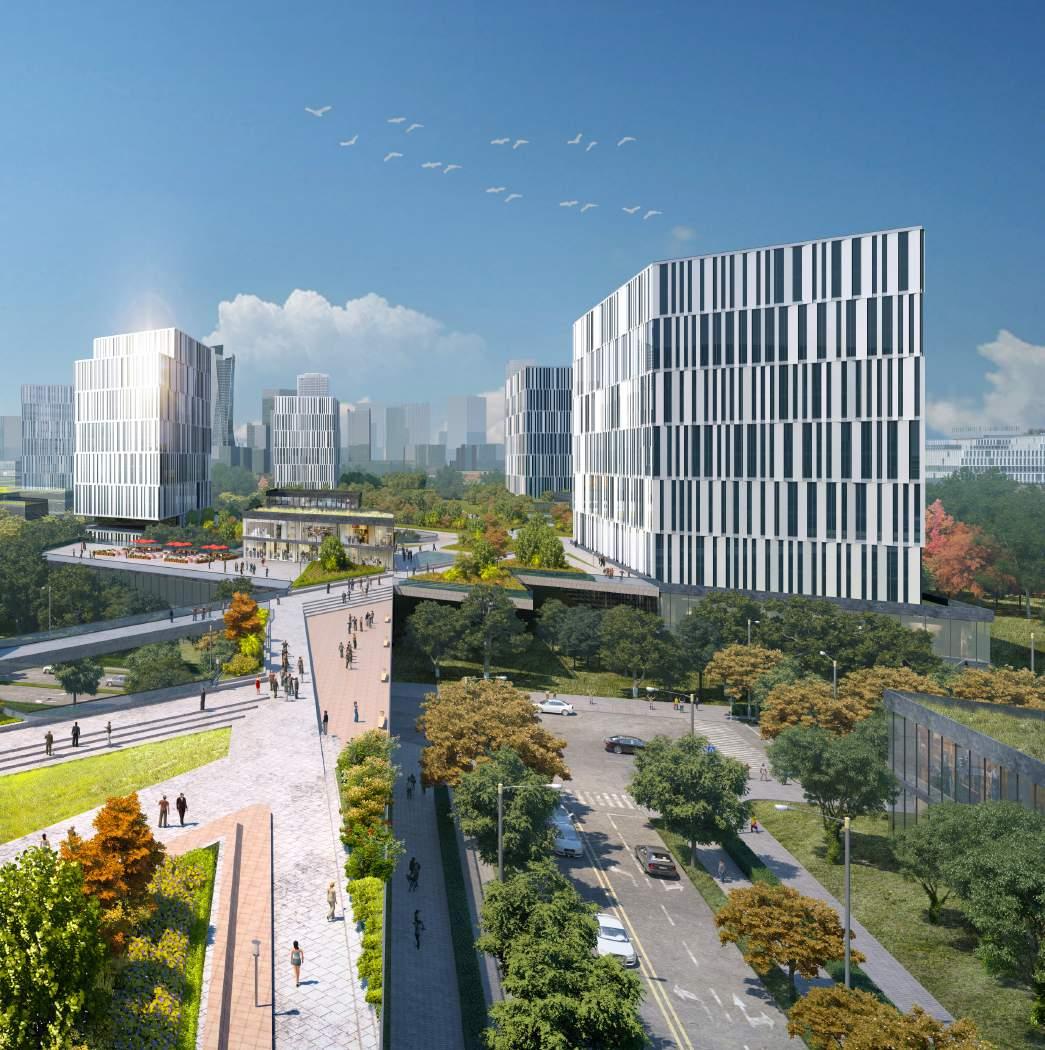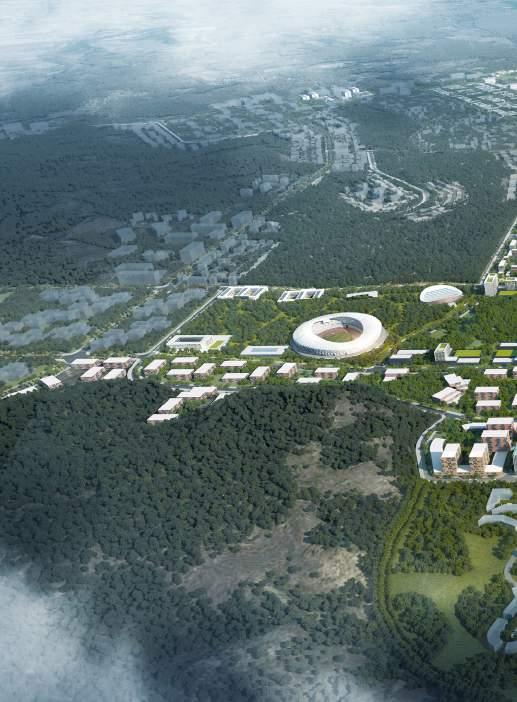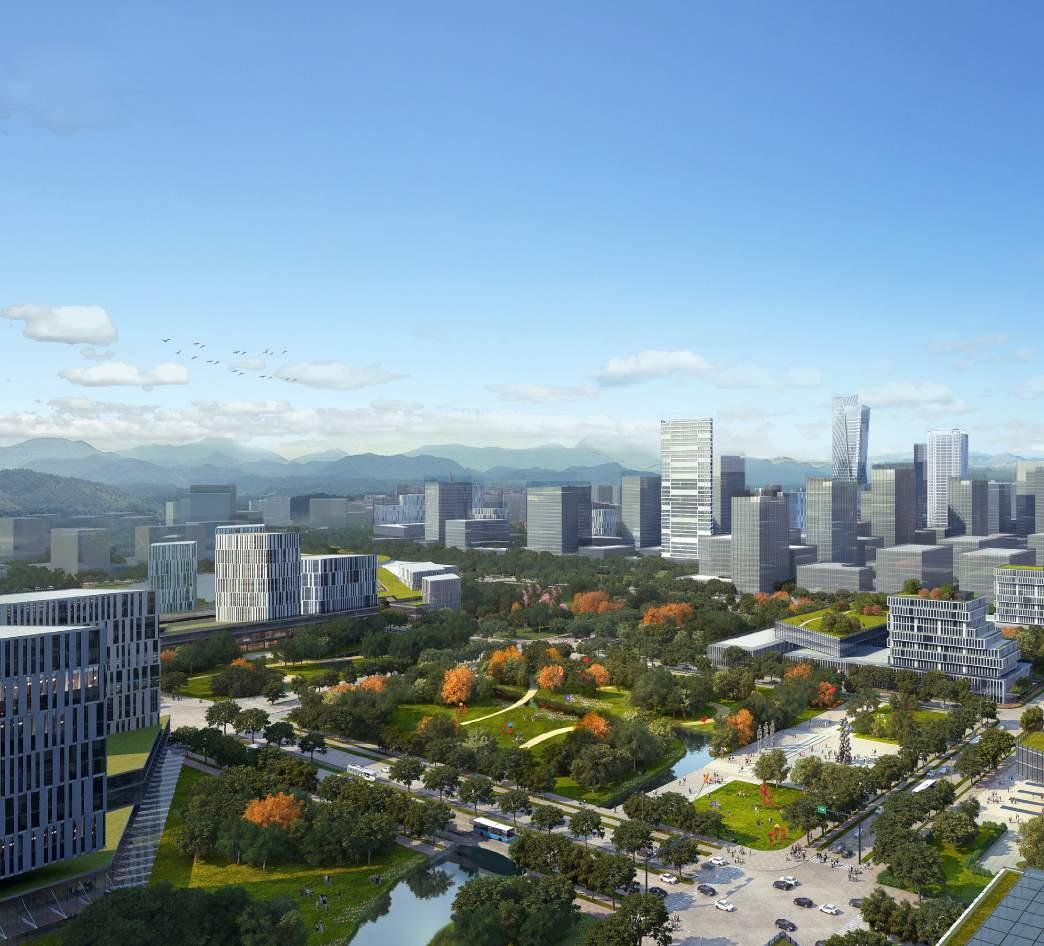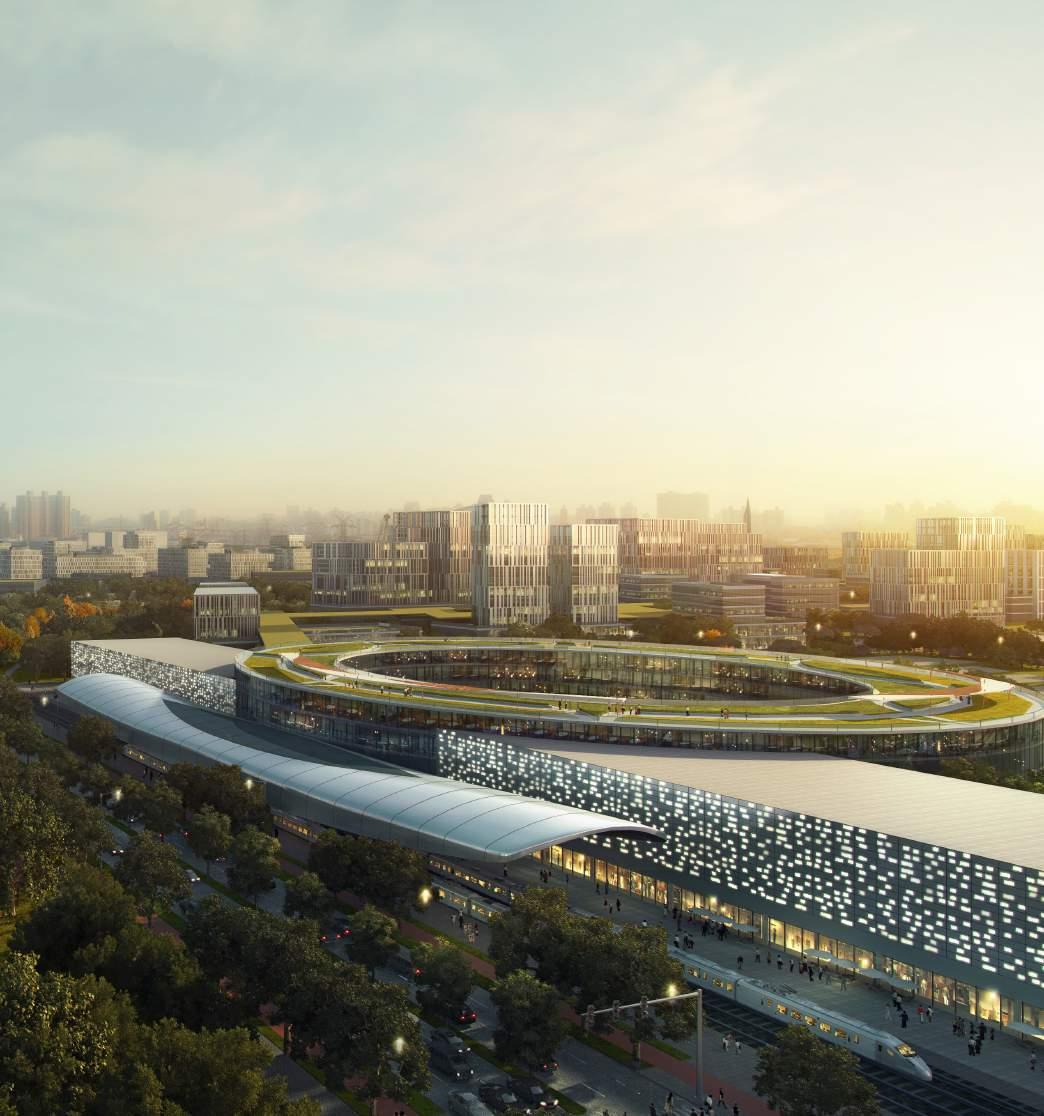
3 minute read
A FORMULA FOR AN IDEAL
from Clark Magazine Vol 1
by BCDA
Astroll through Singapore’s tower block neighborhoods—where 82 percent of her population resides, and where diferent ethnicities and incomes live harmoniously side by side— reveals clean, safe, and green spaces. Residences are located on the upper foors, while communal recreational areas and shops can be found on the lower foors.
It’s a set-up that Harvard economist Edward Glaeser once described as a “close to ideal” form of urban development, due to its ingenious use of towers.
Advertisement
But the success of Singapore is moored on more than the height of its buildings. From a planning perspective, one of the driving principles of Surbana Jurong and this country’s policy is the mixing of population to foster social harmony and prevent the creation of ghettos. Tis is a reaction to the colonial divide-and-rule policies which segregated races and cultures, and created social tensions that got in the way of good governance and economic progress. It is also intended as an escape from the poverty trap and allows for homeowners who prudently manage their assets to beneft from a strong and robust domestic economy.
Te mixing of socio-demographics happens at multiple levels: At the township level, where private condominiums are mixed within public housing (typically two plots of private residences for six plots of public housing);
The success of Singapore’s mixed-income housing is moored on more than the height of its buildings. It allows for homeowners who prudently manage their assets to benefit from a strong and robust domestic economy. This can be replicated in New Clark City.
At the precinct level, where diferent apartment types (segregated by income level) are mixed and placed side by side; At the block level, where within one block can also be found diferent types of housing and income levels, ofen on the same foor; and
Te mixing of cultural heritage and races based on the national proportion. In the Philippine context, this can be translated to mean mixing of residents whose ancestry are from diferent parts of the country.
Te key functions of mixed-income housing in the Singapore context is manifold. Simplistically, it can be summarized in the following points: Easy administration of social services. Allowing the state a certain degree of control over housing and land prices (which are market-driven) as the state gets to set the launch price of these subsidized housing (currently, the state incurs losses to the tune of $8B a year to prevent infation of property prices).
Te existence of a strong secondary market for statesubsidized housing. Tis allows for: Sense of ownership and self-policing, thus preserving of the quality of environment to preserve property value; Buy-in from citizenry on government initiatives as they are direct benefciaries of state housing policies; Enrichment of direct-from-state buyers as they buy at a subsidized price but resell at market value, allowing for upgrades from their social level; Integration of expatriate, non-resident, or non-citizen population who will buy or lease in the secondary market.
Te quality of housing, amenities (childcare, good schools, sundry, medical services, etc.) and environment
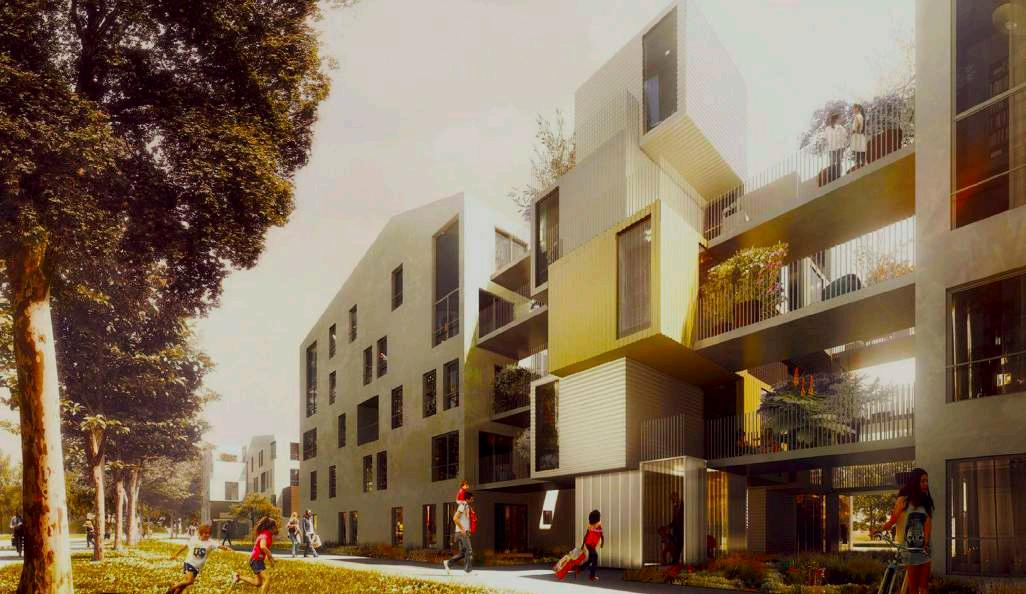
of these neighborhoods ofen supersede those built by the private sector, which gives little incentive for residents to invest or spend more for private property.
Tis is because the secondary market policy ensures that residents willingly contribute to conservancy funds for periodic upgrading (structural or mechanical and electrical) and other municipal services, ensuring that the estates are kept in ofen better condition than private residences. Tis allows even 50-year-old properties to have equivalent (and ofen more) value as brand new apartments. Low-income earners are caught in the social safety net where they receive newly-built heavily subsidized apartments, whereas a salary cap on buyers prevent excessive gentrifcation.
It indeed sounds ideal, but mixed-income housing is a complex issue we will be eagerly exploring possible solutions to in more detail during the planning of New Clark City. Following the different policies, practices, culture, and legislation of the Philippines, Surbana Jurong’s approach to this ambitious project will be adapted accordingly.
Eng Kiat Tan is a senior principal planner and senior manager of Urban Planning & Design for South East Asia and the Middle East at Surbana Jurong Private Limited (SJ), a consultancy that provides solutions across the entire value chain of urbanization, industrialization and infrastructure domains.


